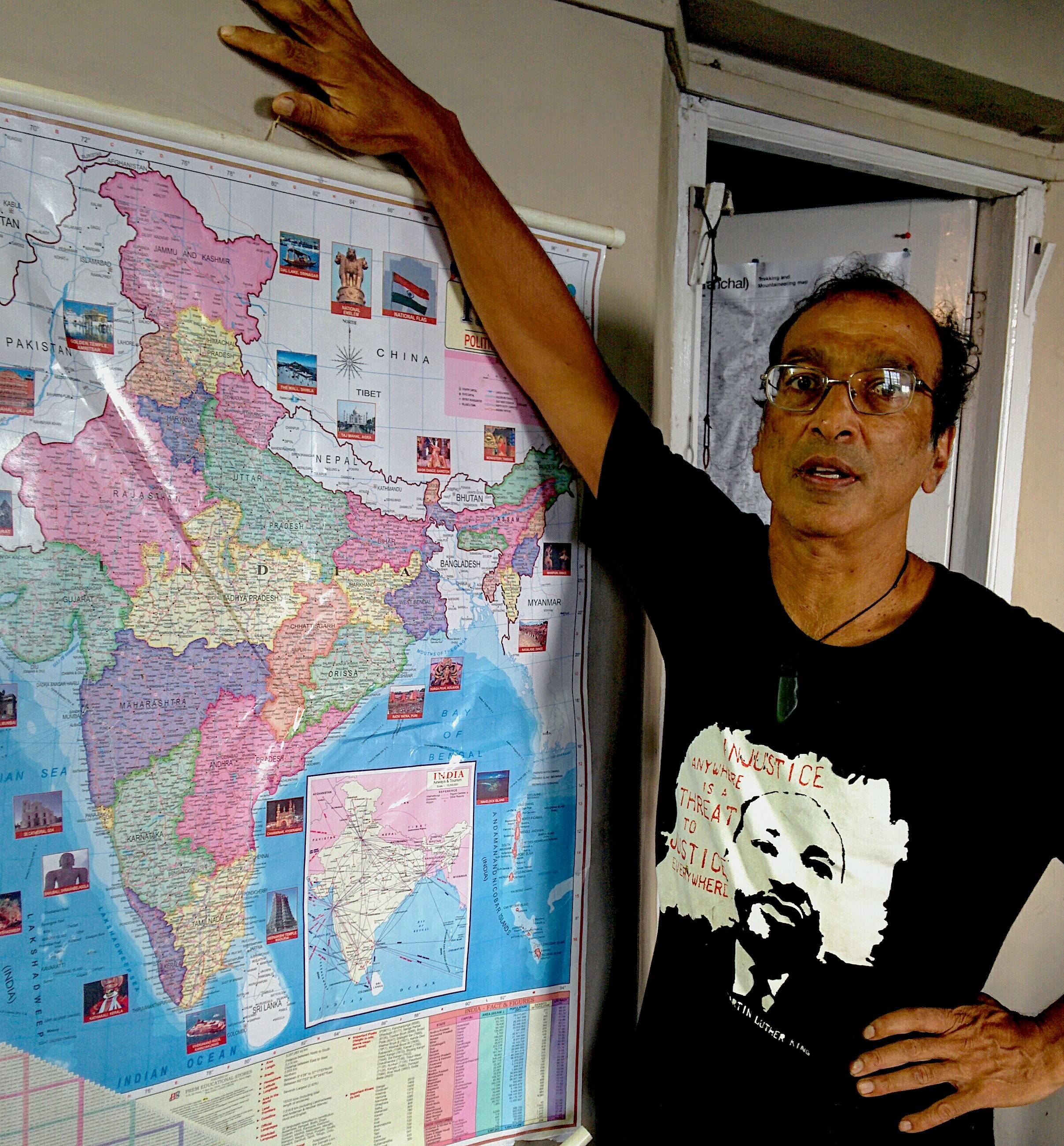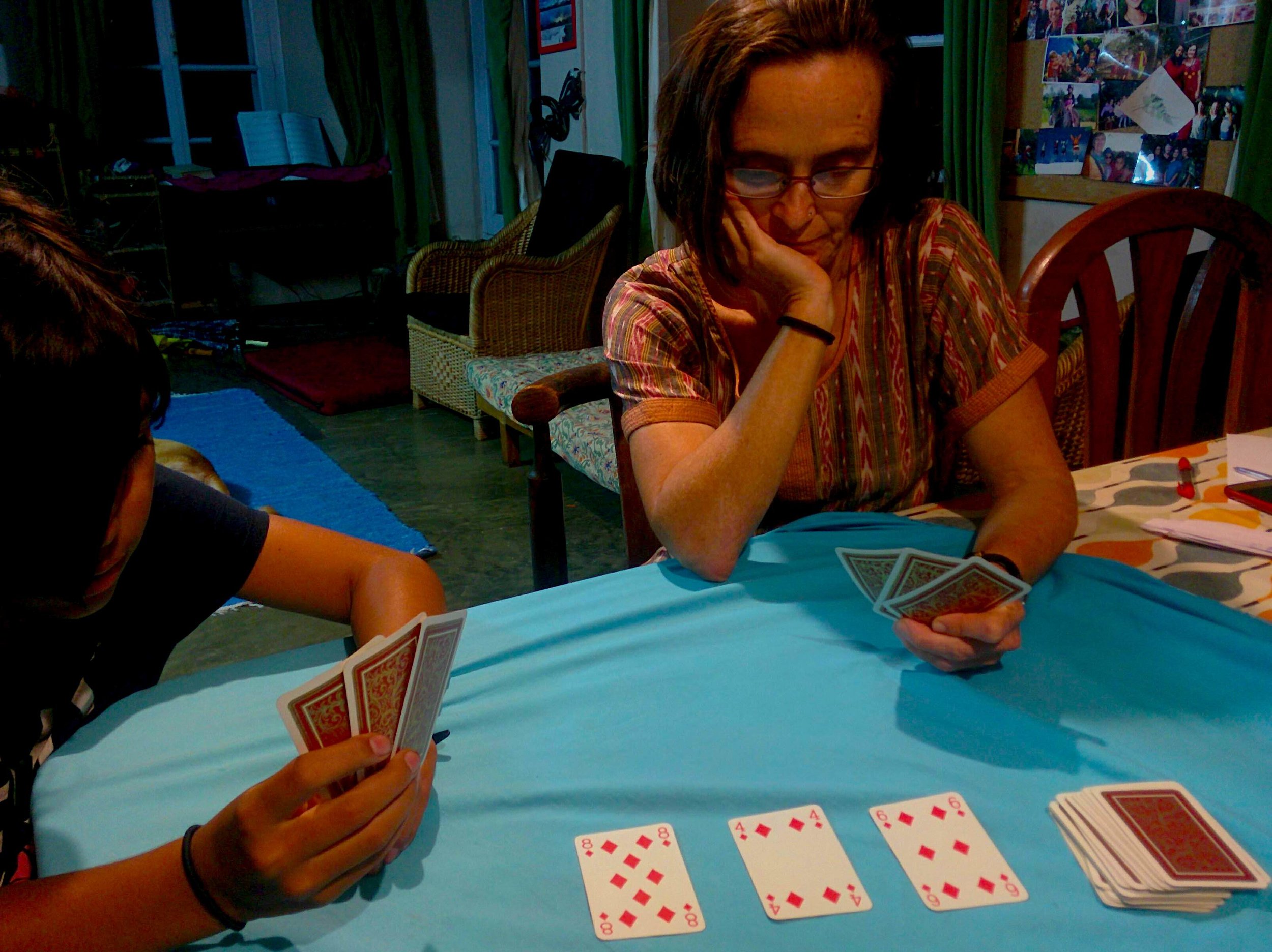An extraordinary liberation struggle won “Freedom” for many millions living in these borders. Jai Hind!
Last Friday was 15 August. All over India flags were raised, saffron green and white confetti thrown, “Jai Hind” shouted and freedom celebrated. Ah Freedom! The sun started setting on the British Empire at midnight on August 15, 1947 when India’s extraordinary liberation struggle came to fruition. Every 15 August we gather at events around the country, show patriotism, sing the national anthem, and listen to speeches about our predecessors’ sacrifices turning slavery under the British into freedom under elected leaders. This year, rather than the traditional adulation of Gandhi’s ahimsa (non-violence), the speaker at the local hospital enlivened our small event with Mangal Pandey’s sacrificial heroism, Chandra Bose’s exhortation- “Give me blood and I will give you freedom” and observations that India is right to defend its sovereignty and culture in Kashmir today. Whatever the speech, on August 15 all over India groups, small and large, reverently watch saffron. green and white flags raise Gandhi’s blue spinning wheel high up flagpoles. We sing the national anthem, shout “Jai Hind“ (Victory to India) and smile.
Not me. Flags and fists raised in the name of freedom always unfurl a deep inner unease. I see nationalism as just tribalism on a slightly larger scale. I want to move beyond nationalism, look at needs of the future not merely eulogise struggles and solutions of the past. Borders were relevant in 1857, even 1947 perhaps but in 2019 we know fires in the Amazon are the world’s problem and responsibility, not just Brazil’s. I struggle to shout “Jai Hind” and celebrate ahimsa-won Freedom in a nuclear armed country currently rattling its radio-active sabres at Pakistan. To me Aazaadi is tainted if after decades of astronomical economic growth India is still 108th in the world in gender equality (Rwanda is 4th, Namibia 13th, Bangladesh 47th) Whose aazaadi? Not Indian women’s. And its not just women, all India’s poor are left out. Despite Bollywood, IPL Cricket and some mega-wealthy citizens dysfunctional government schools, a largely privatised health system inaccessible to the poor and huge GINI coefficient give India a Human Development index of .64 -130th in the world, lower if adjusted for equality (UNDP). “Jai Hind” in the face of massive inequalities in education, life expectancy and income? India, “the world’s biggest secular democracy”, is neither secular nor democratic. Alongside gender and economic inequality caste discrimination is widespread. People defined as low caste are much poorer, have worse health, education and life expectancy than “high” caste Indians. Muslims are worse off still. Recently not far from where I live a Dalit (low caste) man was lynched and killed by “high caste” men for eating in the wrong. place. In “Free India”. In 2019. How can I celebrate aazaadi and shout “Jai Hind” a cycle ride away from such an atrocity?(In India, free from slavery under the British, most citizens live within cycling distance of caste violence) And on 15 August 2019 a Hindu Nationalist government was dividing, ruling and crushing India’s only Muslim majority state- Jammu and Kashmir. What is aazaadi if an undisclosed number ( ?2 to 4 thousand) of muslims, young and old, have been detained under new laws allowing arbitrary detention for two years without charge or trial?
So when the flag emblazoned with Gandhi’s spinning wheel jagged its jerky way up the flagpole, unfurled, spilled saffron confetti and everyone shouted “Jai Hind” I heard “Victory to Rich, High Caste Hindu Men”.
Where is development in all this? Drowned in Freedom! Amartya Sen, the great Bangladeshi intellectual and economist won a 1998 Nobel in Economics for his concept of Development as Freedom, freedom to live the life of one’s choosing. But freedom is slippery stuff. It does not naturally flow down and spread out evenly as soon as colonial masters are evicted and borders drawn. This country’s many contradictions make me ask whether marginalised people are freer in India today than they’d have been had the British not left. This is not about India, its about human beings and power. Hundreds of years after its emancipation from Britain, in 2019, USA shuts down the freedom of people of colour to ask if they are truly free.,and question police killings of young black men. That’s USA, 2019, a mere internet click away. What’s the difference between being told where you can and cannot kneel ( church yes, AFL stadia no) and being told where you can and cannot eat? Is mob injustice in Jamuna valley down the road worse than racial police killings in USA? There are contradictions everywhere. Even in “free” countries not everyone is free.
But I question Sen too. “Development as Freedom” looks through the myopic lens of the individual not widely at structures, systems and inter-relationships. To me freedom does not necessarily define development. Being free to run my business how I want is not development if my employees work in inhuman conditions or I make and sell arms that limit freedoms elsewhere. Irrespective of profits or contribution to national GDP our inter-related planet is worse off not better for my freedom. Freedom in The Land of the Free and Home of the Brave is linked to untried people kidnapped and tortured in Guantanamo Bay, many others whose freedom is restricted by US weapons (some bought with ‘Development’ aid), not to mention high-tech drone surveillance and cross-border assassinations run from Utah bunkers. It is predicated on many many millions chained by necessity in the dungeons of a global neoliberal system of free trade, free markets and free exploitation. Where is planetary scale human development in that? In the “developed” world we’re free to consume, drive and fly as we choose. Free to emit carbon and destroy climates beyond our borders which limits distant poor people’s freedom to grow food. Development as whose freedom? Then our developed world denies refugees of unliveable climates we’ve created the freedom to move- at least not into our lands of the free and homes of the developed. Oh, but if they bring valuable skills from their under-skilled countries to our already-rich economies they’re free to migrate. Ah, Amartya Sen, “Freedom”, so complicated, nay complex..
What to do?
Let’s replace the border-bound 19th century idea of “development as oppression by elites from within your national borders rather than elites from other places” and Sen’s 20th century appropriate “Development as Freedom”. Both are inappropriate for this 21st Century, inter-related planet. I propose “Development as Justice”.
Justice! A big word. Bigger than Freedom. A Muslim girl in an Indian slum who cannot leave her house unsupervised, cannot choose her career or even her own marriage partner is neither free nor living in justice. Development as freedom works for her. But Justice includes dimensions Freedom does not. “Development as Justice” would not run G7 summits and strike trade deals while turning a blind eye to caste oppression and India’s Guantanamo Bay in Srinagar. Though free to buy a cotton shirt cheaply in Sydney “Development as Justice” would show an Australian consumer his money is anti-development if the shirt is made in a Dhaka sweatshop from cotton grown on land sucked dry, its last goodness leeched out with chemical fertilisers. Development as Justice would shine harsh light on the gas the same consumer freely fills his car with, taken at gun point via his free world’s invasion (aka “War of Terror”). “Development as Justice” includes governments creating freedom to run fair businesses but also creating coherent tax policies that channel some of those businesses’ wealth back to to the communities that keep them running. “Development as Justice” would create fair global taxation to redistribute wealth the rich world leeches out from the world’s environment and its poor. Freedom is silent but Justice says some of that wealth must return to where it came from, borders be dammed. Development as Justice would factor into a PDI (Planetary Development Index) atmospheric CO2 and climate refugees’ freedom to move. Justice demands poor people be free to cross borders as easily as rich countries’ CO2 crosses their borders. “Development as Justice” would include GINI coefficients and ask “Whose rules, whose development?” in a world whose rules freely allow 26 people to hoard as much wealth as half of humanity. Development as Justice” by changing what we measure, would change our values and vision. What you measure is what you see.
That’s it! Next 15 August when everyone around me shouts “Aazaadi” I’ll quietly ask “aur insaaf ka kya?” (and what about justice?). In this India of mine though we do many things well there are so many we must do much better. This planet of mine too.
Justice! A big word. Big enough for an entangled, complex interrelated, globalised 21st century planet on which injustice anywhere threatens development everywhere.
Thoughts?
PS. 1 September 2019. Just saw this opinion piece today questioning the relevance of national sovereignty in the face of global environmental issues. I could equally well be about Australia and the Great Barrier Reef. An important piece to read because I think we will face the question about whether Mother Nature should be constrained by national borders more and more over the next few years.











